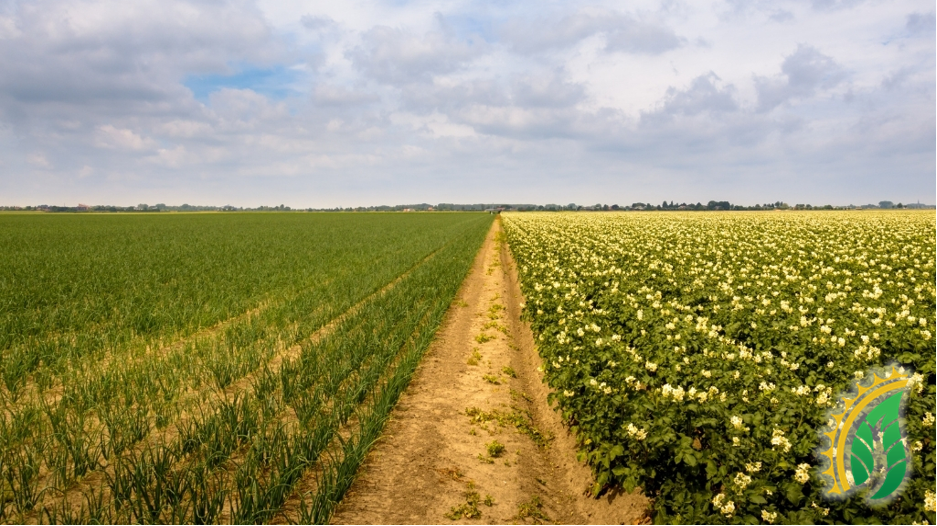This is the third and final article in our first blog series called Rural Communities and Renewable Energy in Alberta. This month we discuss how rural communities can use renewable energy projects to increase intercommunity collaboration and use resources more efficiently.
Rural community organizations such as municipalities are always wearing many, many hats. This, paired with decreasing or unpredictable budgets, brings about the need to find efficiencies. With renewable energy projects increasing in number across Alberta, rural communities may be getting involved in projects for the first time or have existing or planned projects in their jurisdiction already.
Neighbouring communities may, without knowing, be involved in the same types of renewable energy projects. With collaboration, some significant cost savings may be achieved. Below we have listed a few ways that we believe rural communities can share costs and human resources on renewable energy initiatives that they are involved in:
- Procurement cost sharing
Example: If two neighbouring municipalities are both exploring a 500kW net-metering solar project, they may be able to achieve some economies of scale by combining the purchasing of equipment and services between the two projects.
- Use the same or similar zoning and planning procedures
Example: Rather than coming up with separate policies for integrating renewables, multiple rural municipalities can work together to create new policies for zoning which are relatively consistent to a larger geographic area by collaborating together. This would result in saving time for each community so staff can focus on other things.
- Create cohesive strategic plans with nearby communities
Example: As projects will no doubt be closely tied to nearby communities such as a neighbouring town or municipality, it would be efficient to have a similar strategic plan related to renewable energy infrastructure. This would allow for cost savings in the actual creation of the strategic plan, similar to the second example. It may eventually promote increased economic activity as investors can more easily replicate projects among these nearby jurisdictions.
Blue Harp Consulting believes that rural communities can benefit from this sort of collaboration in most if not all cases. This concept could be easily replicated to other, newer industries that rural communities aren’t yet experts in and share a similar potential for collaboration. Communities working together can help Alberta achieve a faster and more economical reduction in the electricity sector’s contribution to climate change, via producing more renewable energy.
Generating renewable energy is an investment in Provincial level infrastructure. It makes a lot of sense for communities to treat this critical infrastructure in a way that promotes benefits to its own community but also to other communities in Alberta.
If you are a rural community in Alberta (or elsewhere in Canada) please reach out to us today to learn how we can assist you with increasing intermunicipal collaboration with a focus on renewable energy projects in your jurisdictions.
Do you have questions about our consulting services or this blog post? Connect with Dave via email at: dcarscadden@blueharpconsulting.ca
Blog written by: Dave Carscadden, CEO – Blue Harp Consulting Consulting Inc.
![]()
